The Kahraman Maraş earthquake sequence, Turkey/Syria, 2023
Two large earthquakes occurred within hours of each other on 6 February 2023.
14/02/2023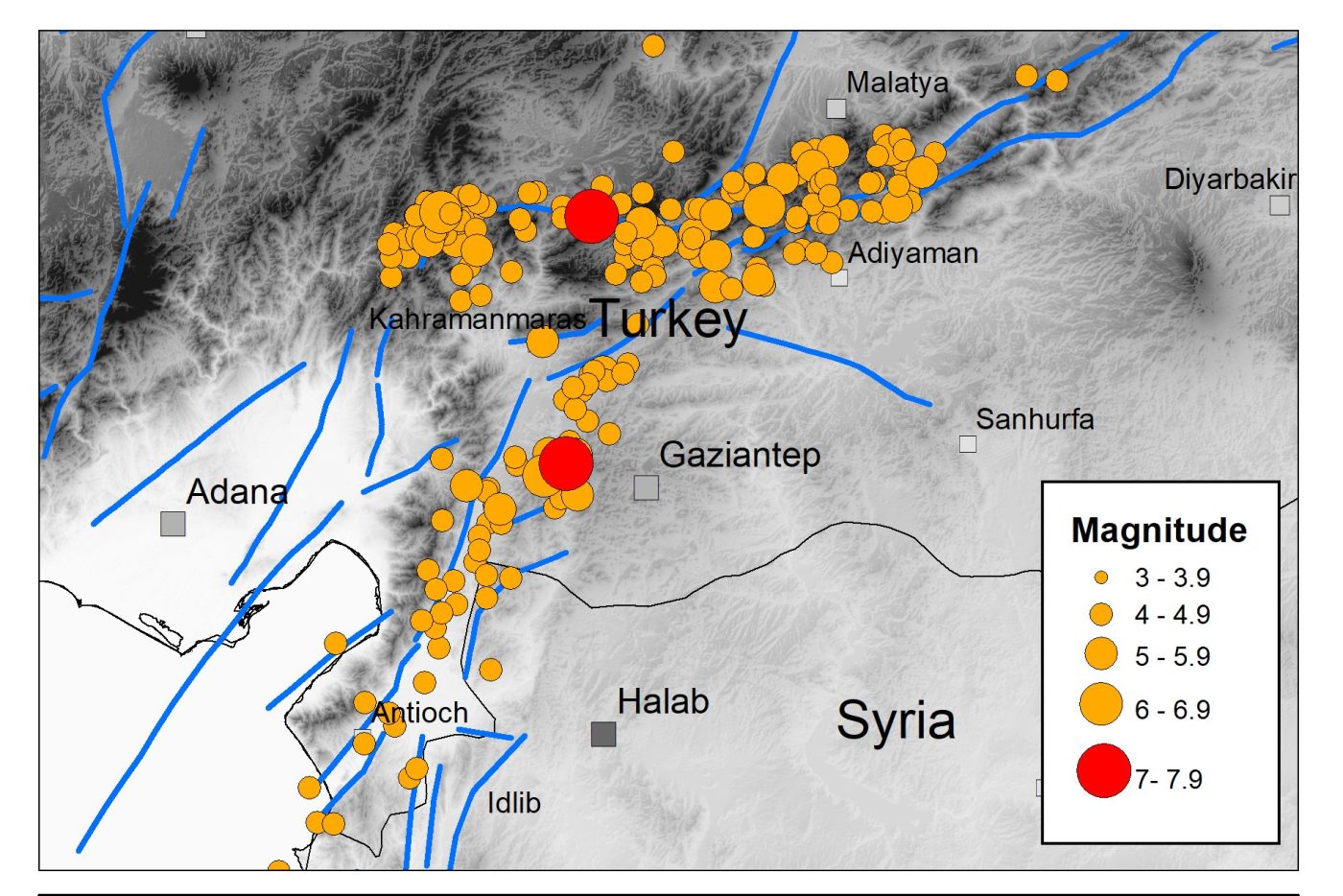
The devastating Kahraman Maraş earthquake sequence has caused widespread destruction and terrible loss of life across a large part of southern Turkey and northern Syria, with the collapse of thousands of buildings in populated areas throughout the region.
The earthquake sequence
The sequence started with a magnitude 7.8 earthquake at 01:17 UTC on 6 February 2023, rupturing a 200 km section of the north-east to south-west trending fault system that forms the boundary between the Anatolian and the Arabian tectonic plates. These plates are moving horizontally relative to each other at a speed of around 13 mm per year.
The earthquake took about 30 seconds to reach a maximum slip of around 3 m and resulted in intense shaking that lasted over a minute. Recorded ground accelerations at some sites close to the fault rupture exceeded 1.0 g. A few hours later, a magnitude 7.5 event occurred on a nearby branch of the fault system that trends east to west. This caused further strong ground shaking and destruction.
Previous seismicity in the area
The magnitude 7.8 earthquake was approximately 2.5 times bigger than the magnitude 7.4 Izmit earthquake in Turkey in 1999, which killed over 17 000 people, and was the same size as the magnitude 7.8 Erzincan earthquake in north-east Turkey in 1939, which killed over 32 000 people. The latter is considered the deadliest natural disaster in Turkey in the 20th century.
Although the earthquake risk in this part of southern Turkey was generally considered to be less than along the well-known Northern Anatolian Fault in northern Turkey, large and damaging earthquakes have struck here in the past. The city of Aleppo in northern Syria has been destroyed by several earthquakes in the last thousand years, including an earthquake in 1822 with over 20 000 fatalities.
The continuing hazard
Aftershocks are expected to cause moderate to severe ground shaking over a 300 to 500 km region for months to come. Some of these earthquakes may be several hundred kilometres away from other aftershocks and may be large enough to cause further damage, particularly to buildings that have already been weakened.
There have already been several aftershocks with a magnitude larger than 6.0. Our current understanding of the statistics of the aftershock process suggests that there may be several tens of earthquakes of this size or greater.
Over a period of months to years, the frequency of triggered seismicity (aftershocks) will reduce, with earthquake activity gradually returning to previous levels. Until then, earthquake hazard and risk in the region will remain heightened. This means that increased seismic hazard in the region where the two large earthquakes occurred is transient in nature, whilst longer seismic hazard estimates continue to be relevant.
Earthquake cascades
It is well established that large earthquakes can trigger seismicity on other nearby faults as the Earth’s Crust adjusts to the sudden change in stress. Both the permanent deformation caused by the initial earthquake and the passage of seismic waves through the Earth can trigger these subsequent earthquakes.
Other recent examples of this triggering process include the Kumamoto sequence on the island of Kyushu, Japan, in 2016, when a magnitude 6.5 earthquake was followed almost a day later by a magnitude 7.3 event. In Europe, the magnitude 6.0 Amatrice earthquake that occurred in Italy in 2016 was followed by the magnitude 6.5 Norcia earthquake two months later.
Although such cascading sequences of large-magnitude earthquake within short periods of time are relatively rare, investigation and analysis of these may promote a new understanding of the earthquake process.
Further information
About the authors

Dr Brian Baptie
Seismologist
Dr Margarita Segou
Earthquake seismologist
Relative topics
Related news
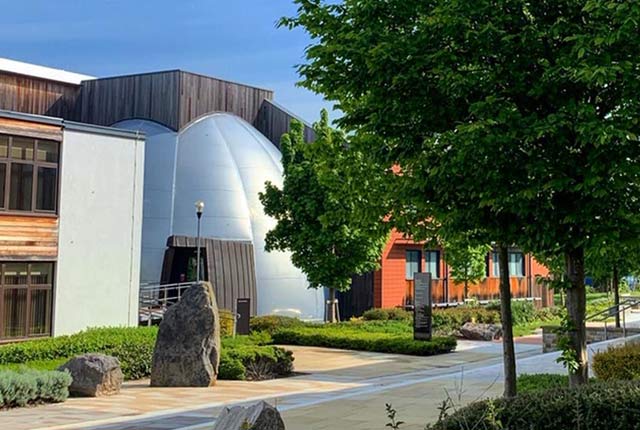
Making research matter: BGS joins leading research organisations in new national initiative
10/12/2025
A new alliance of 35 organisations has been formed, dedicated to advancing science for the benefit of people, communities, the economy and national priorities.

New 3D model to help mitigate groundwater flooding
08/12/2025
BGS has released a 3D geological model of Gateshead to enhance understanding of groundwater and improve the response to flooding.
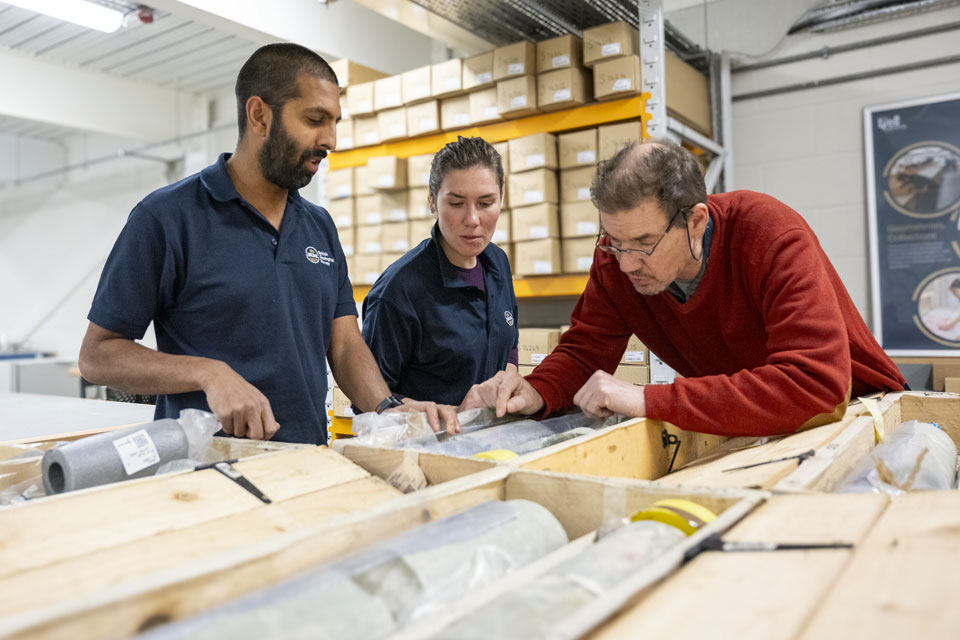
Scientists gain access to ‘once in a lifetime’ core from Great Glen Fault
01/12/2025
The geological core provides a cross-section through the UK’s largest fault zone, offering a rare insight into the formation of the Scottish Highlands.
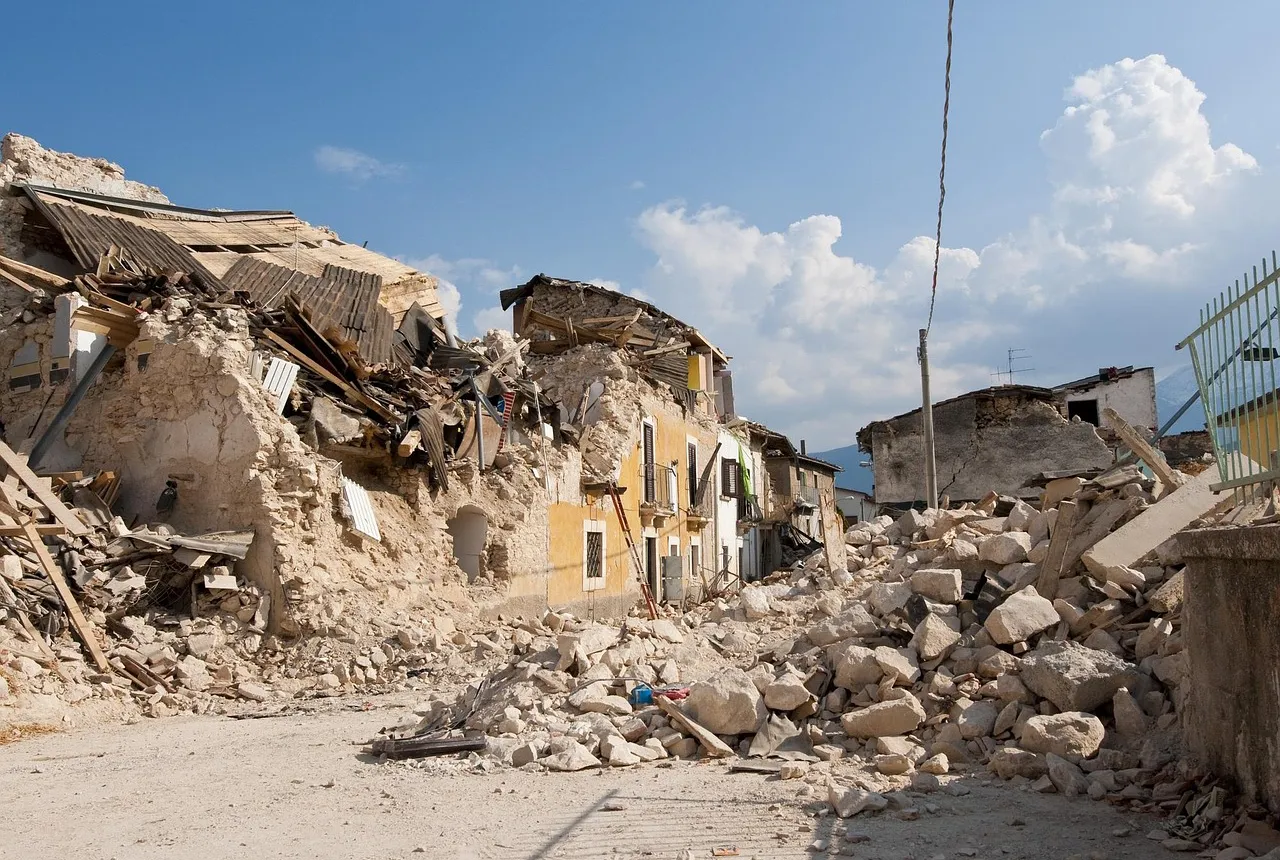
New research shows artificial intelligence earthquake tools forecast aftershock risk in seconds
25/11/2025
Researchers from BGS and the universities of Edinburgh and Padua created the forecasting tools, which were trained on real earthquakes around the world.
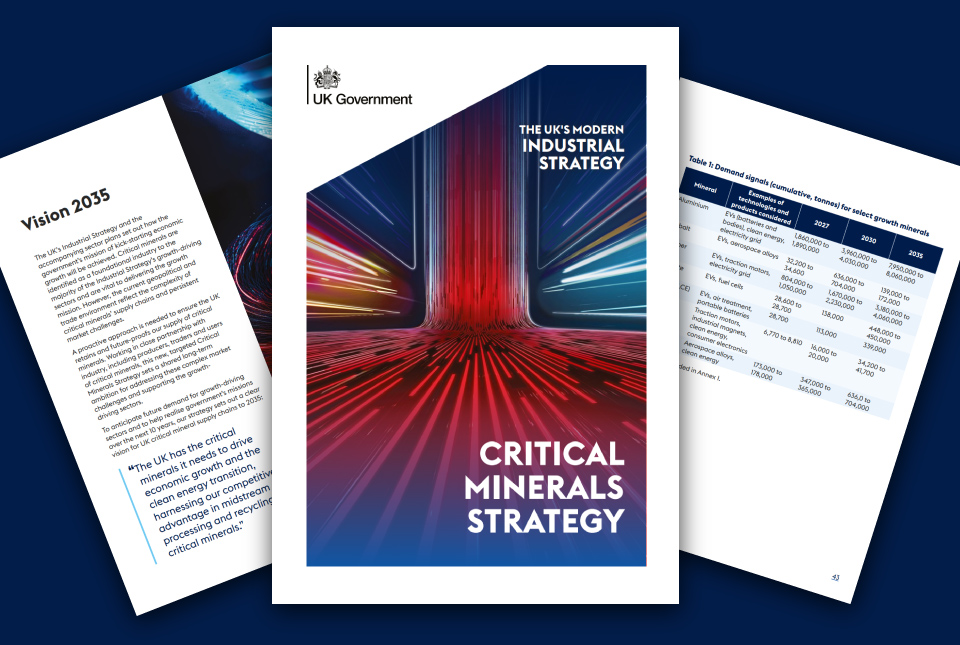
BGS welcomes publication of the UK Critical Minerals Strategy
23/11/2025
A clear strategic vision for the UK is crucial to secure the country’s long-term critical mineral supply chains and drive forward the Government’s economic growth agenda.
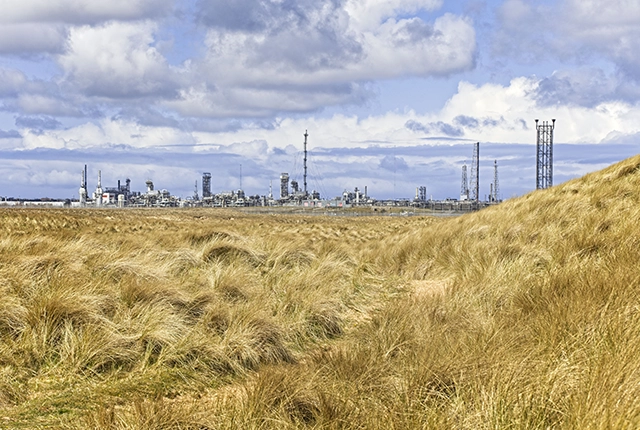
New funding awarded for UK geological storage research
21/11/2025
A project that aims to investigate the UK’s subsurface resource to support net zero has been awarded funding and is due to begin its research.

UK braced for what could be the largest solar storm in over two decades
12/11/2025
Intense geomagnetic activity could disrupt technology such as communication systems, global positioning systems and satellite orbits.
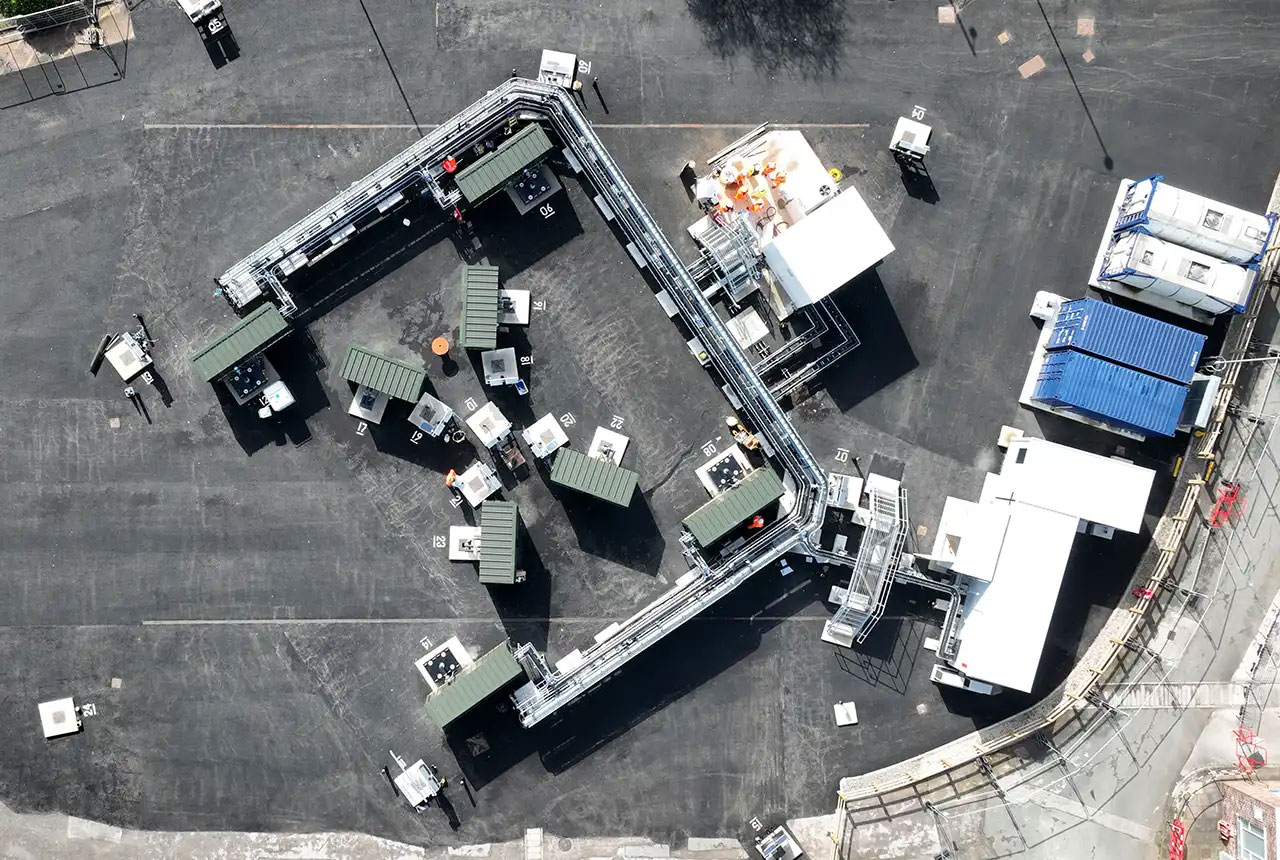
First distributed acoustic sensing survey completed at UK Geoenergy Observatory
12/11/2025
New research at the Cheshire Observatory has shown the potential for mapping thermal changes in the subsurface using sound waves.
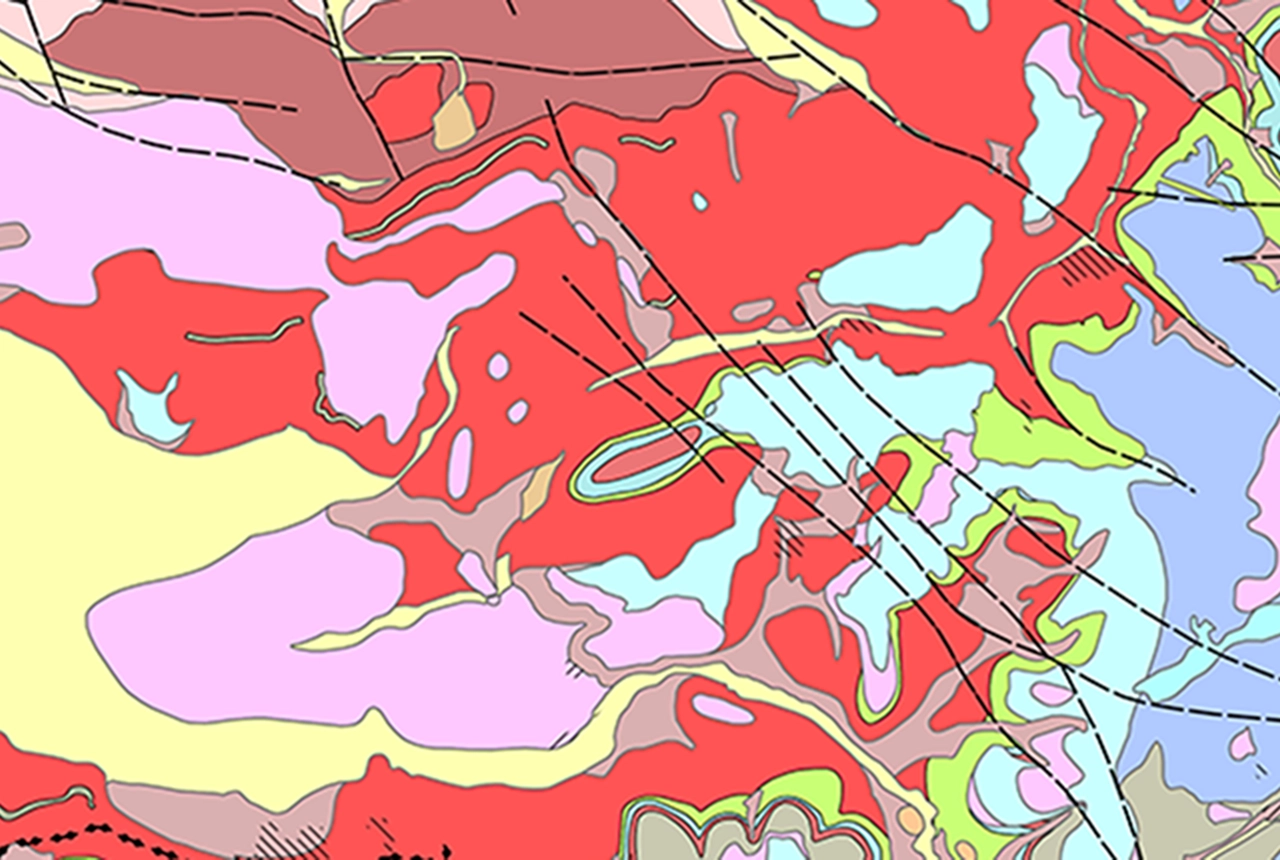
Latest BGS Geology 50K mapping data launched
06/11/2025
Some of our most widely used maps have received a major update, including the 1:50 000-scale map series that now includes enhanced coverage of Great Britain.
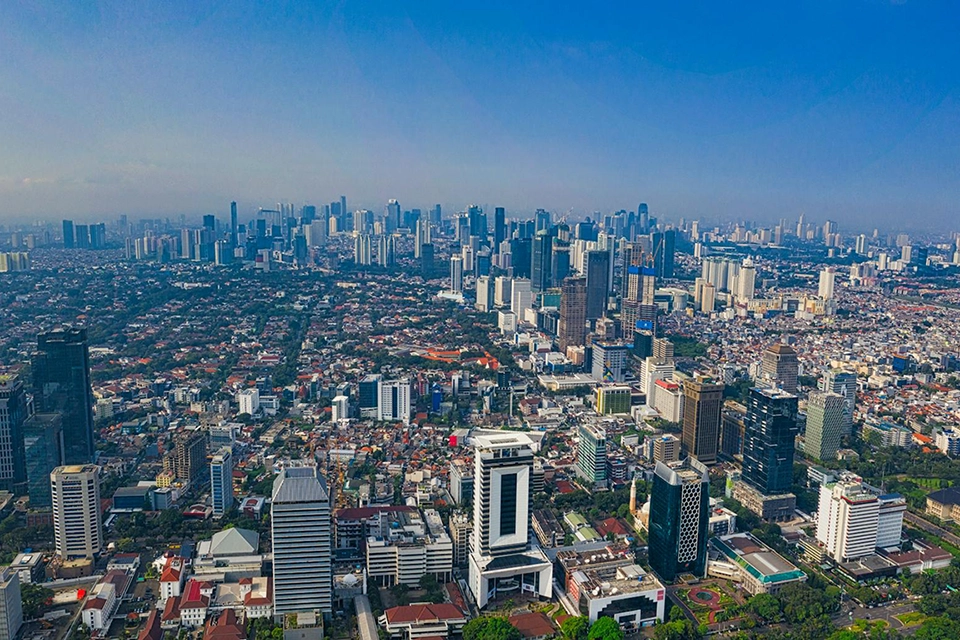
New research highlights significant earthquake potential in Indonesia’s capital city
04/11/2025
Research reveals that a fault cutting through the subsurface of Jakarta could generate a damaging earthquake of high magnitude.

World Cities Day: the geological story of our cities
31/10/2025
Understanding the rocks that underlie our towns and cities, the risks they can present and how they influence urban planning and redevelopment.

GSNI project wins multiple awards at RegioStars event
17/10/2025
The AGEO project enjoyed a double success at the RegioStars awards, hosted at the European Commission in Brussels.


